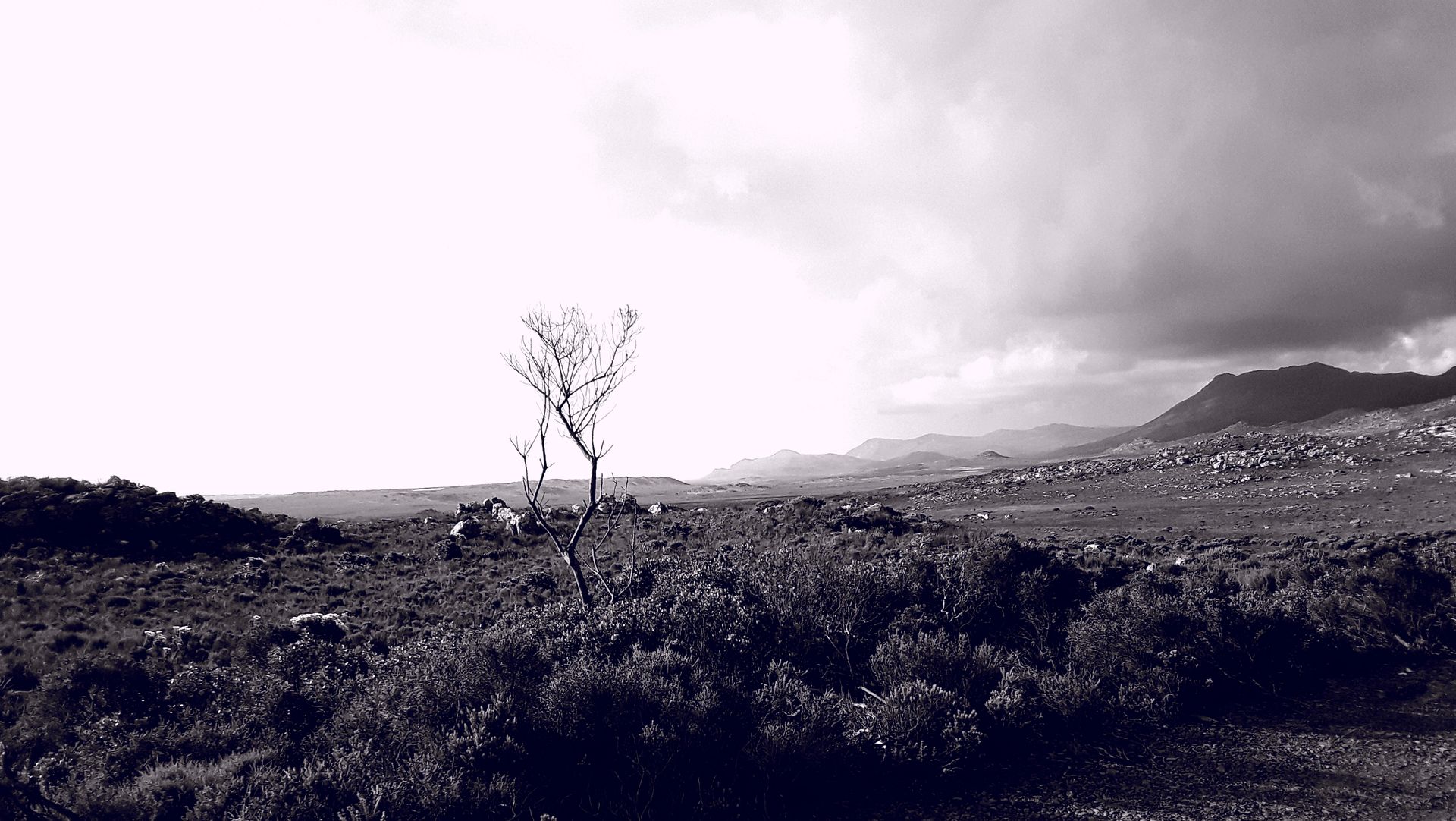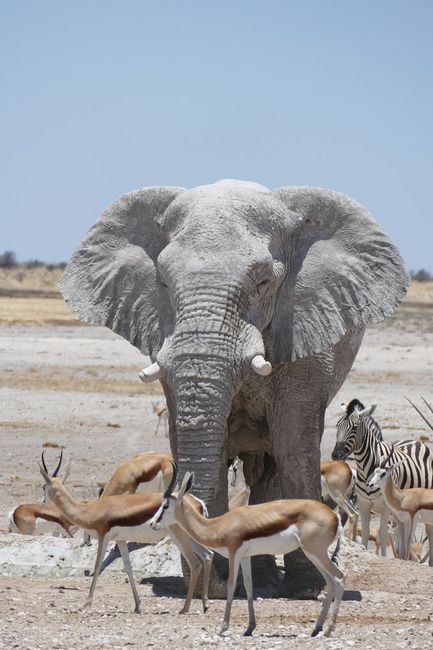
mit-dem-dubs-zu-neuen-ufern
vakantio.de/mit-dem-dubs-zu-neuen-ufern
On the Road Again Part 2
ప్రచురించబడింది: 02.09.2018
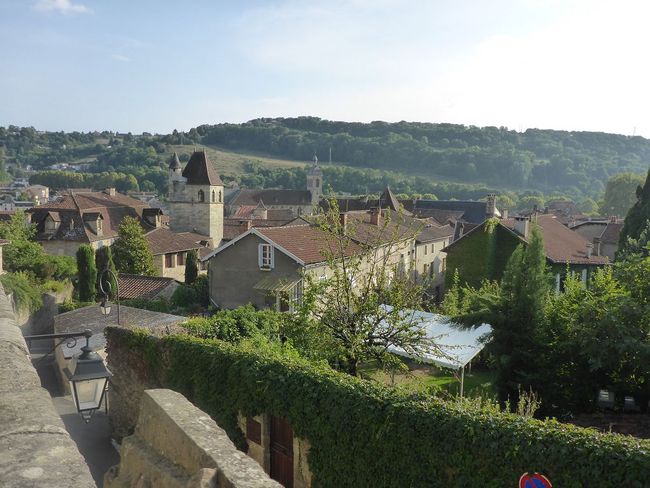
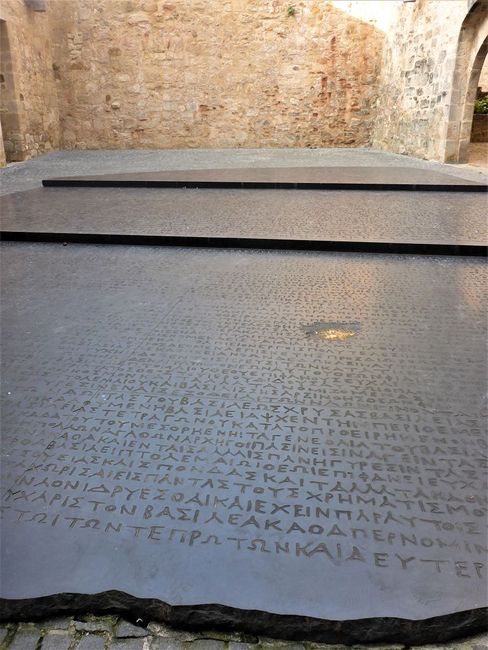
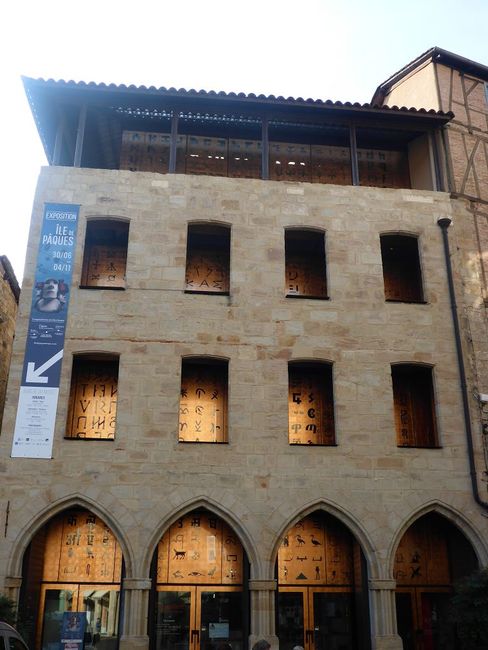
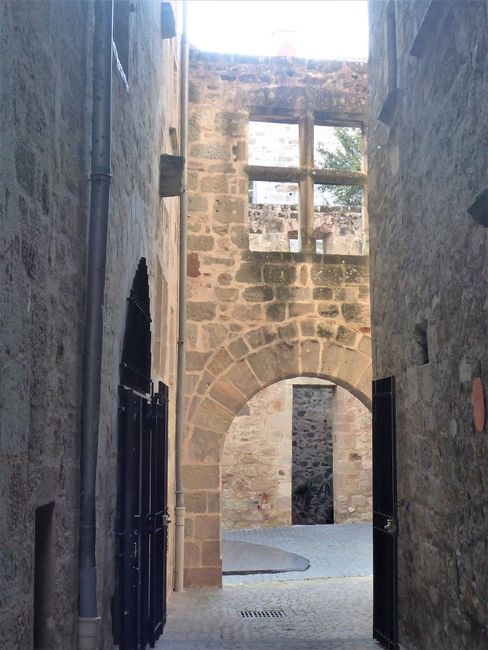
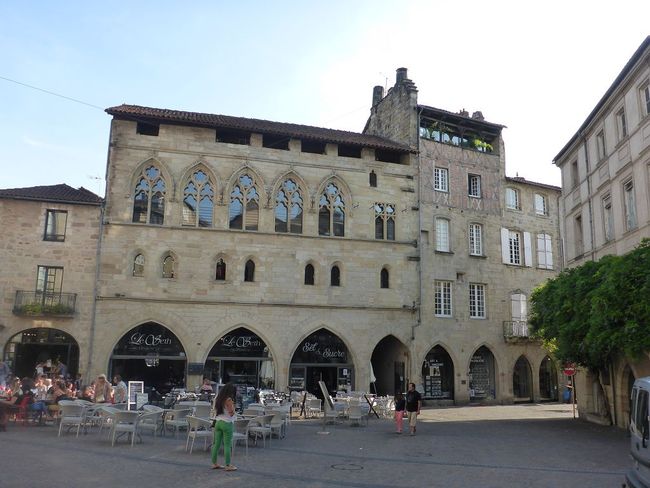
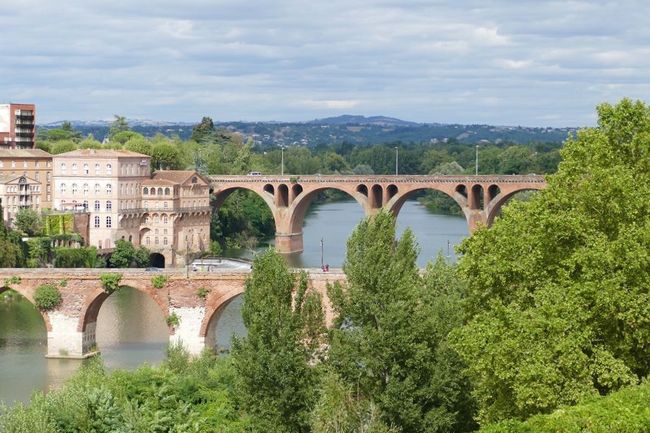
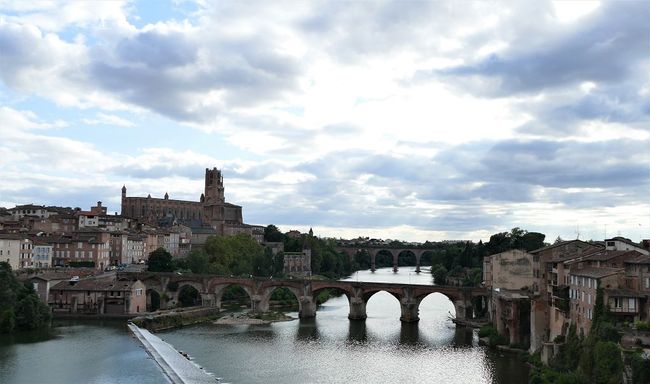
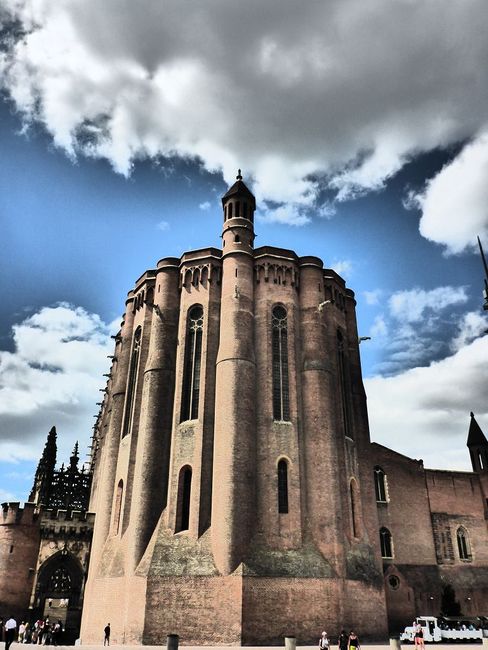
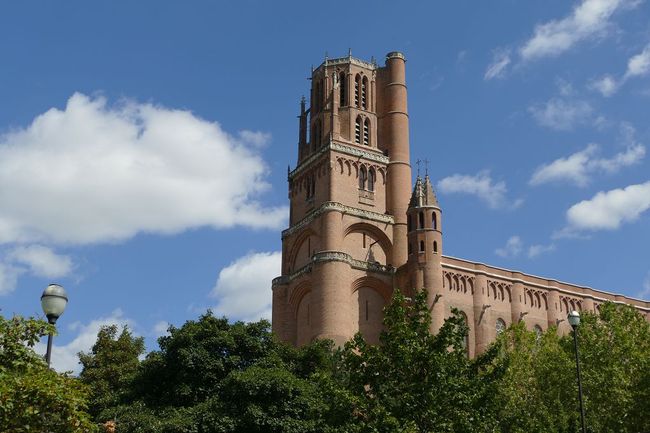
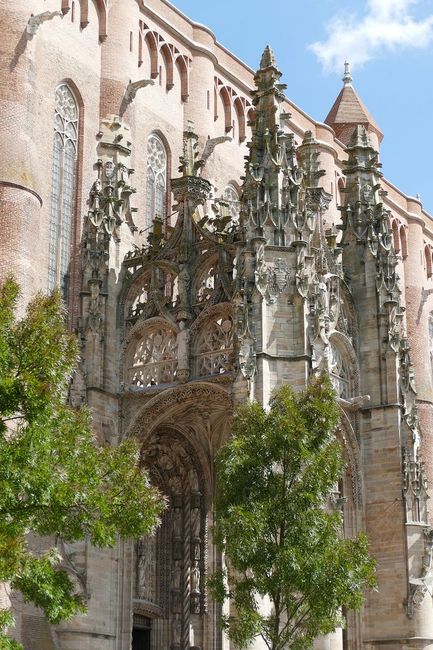
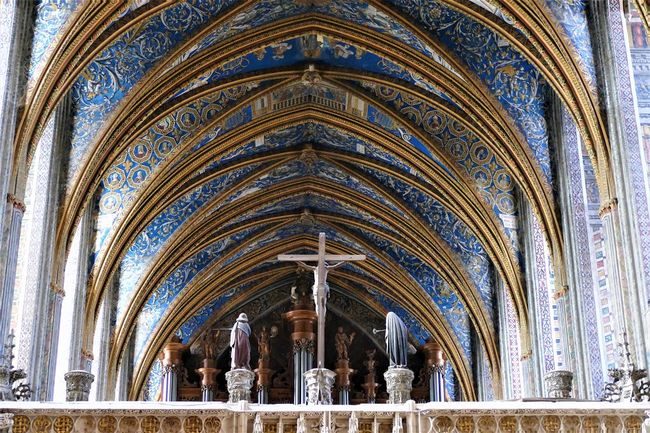
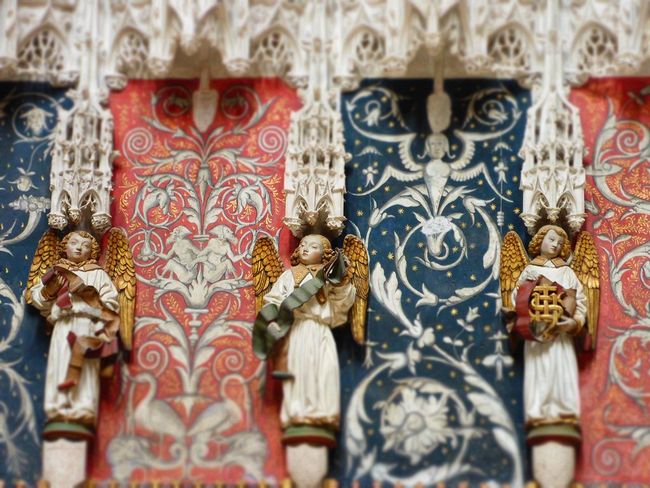
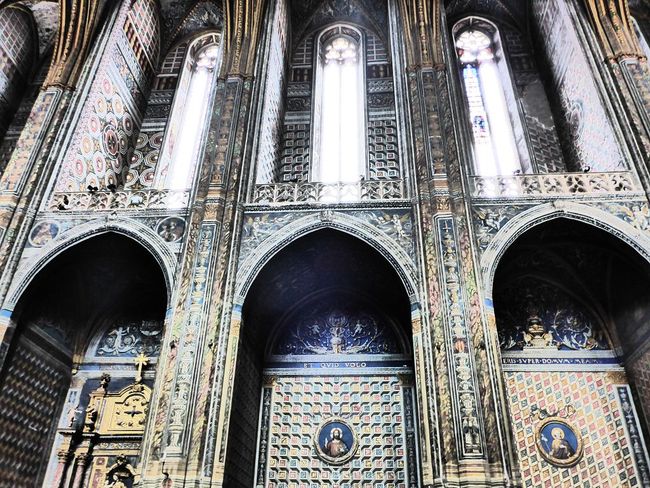
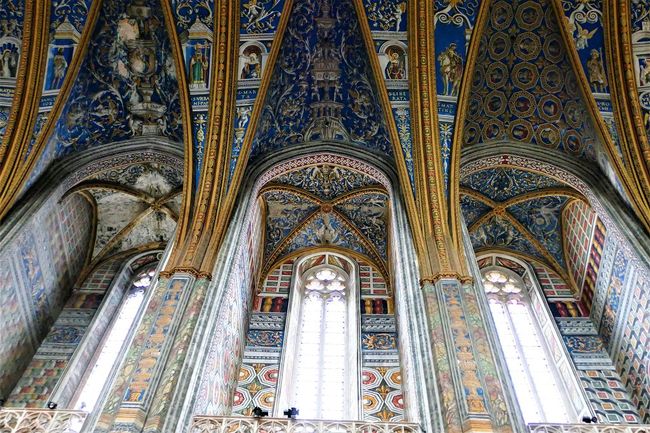
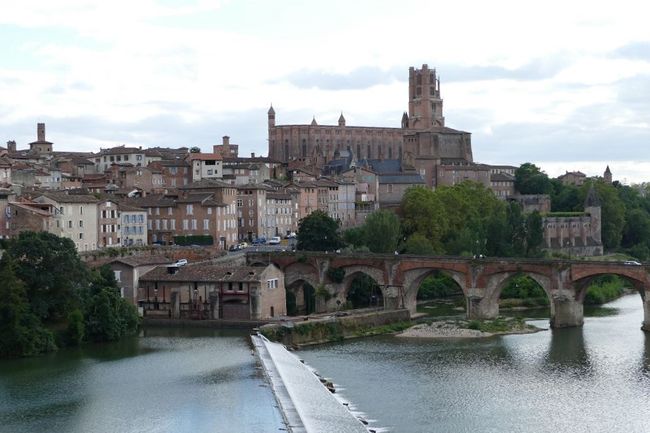
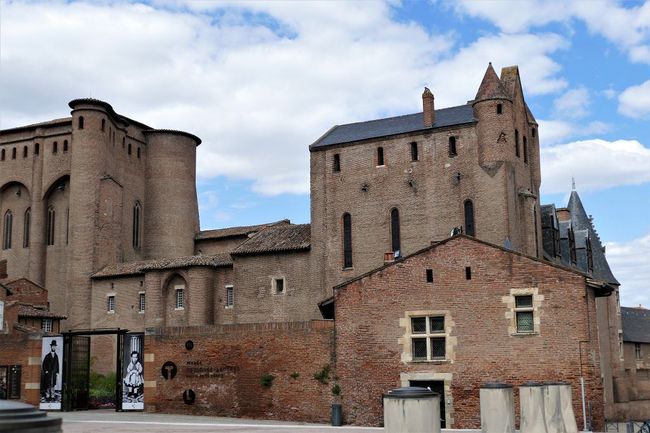
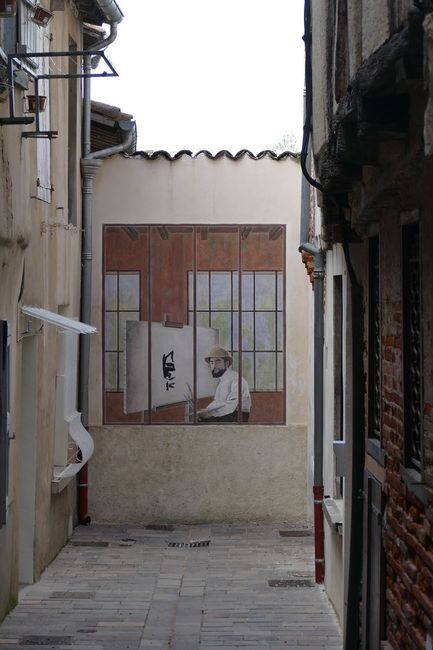
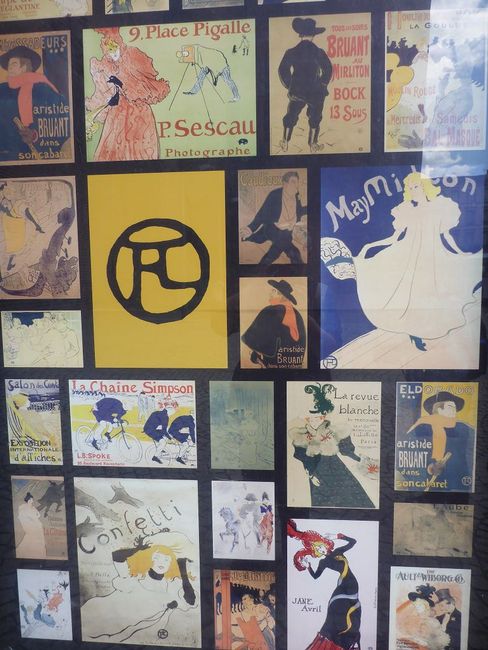
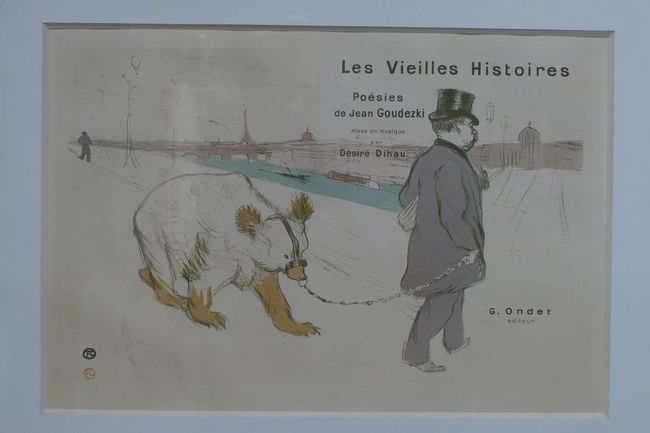
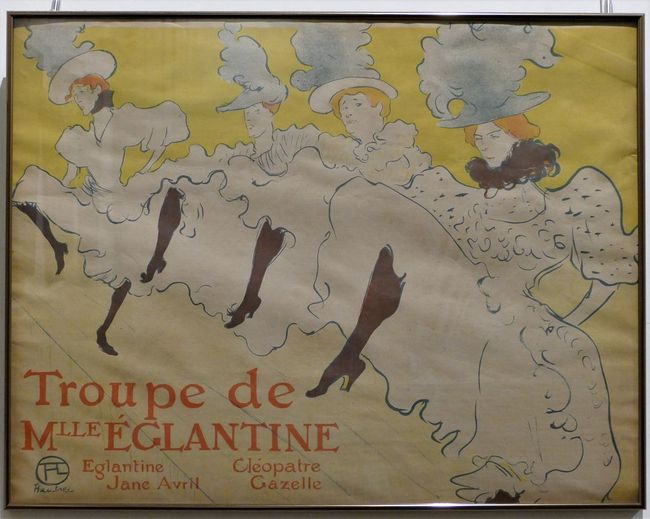
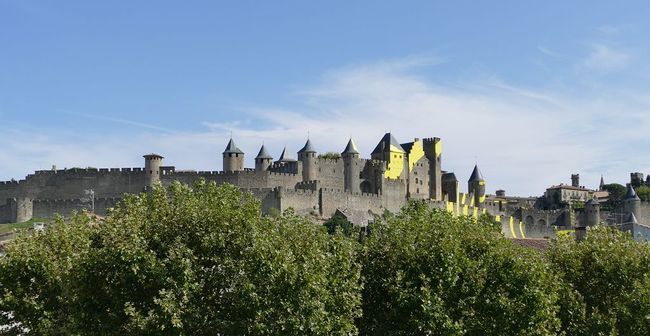
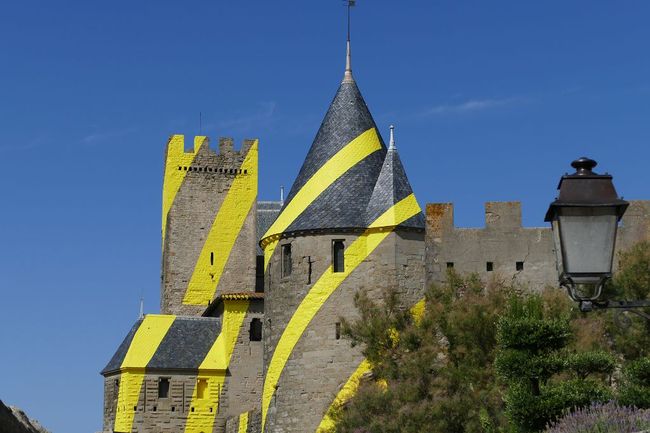
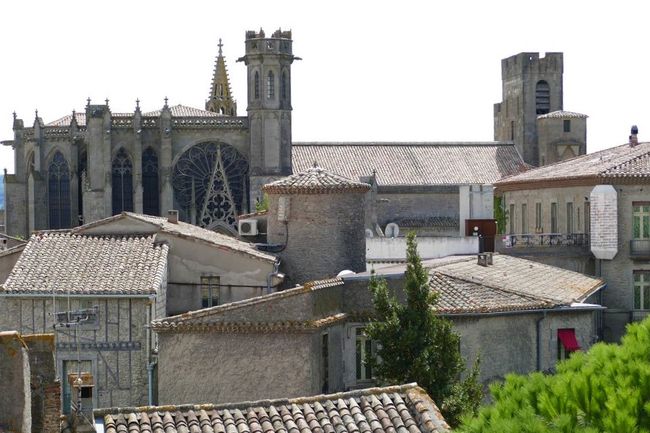
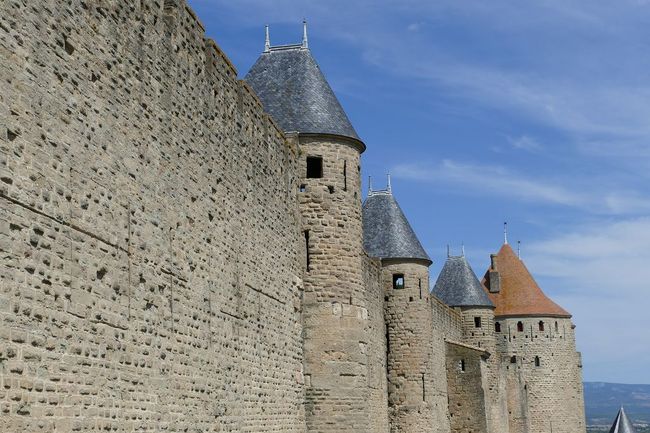
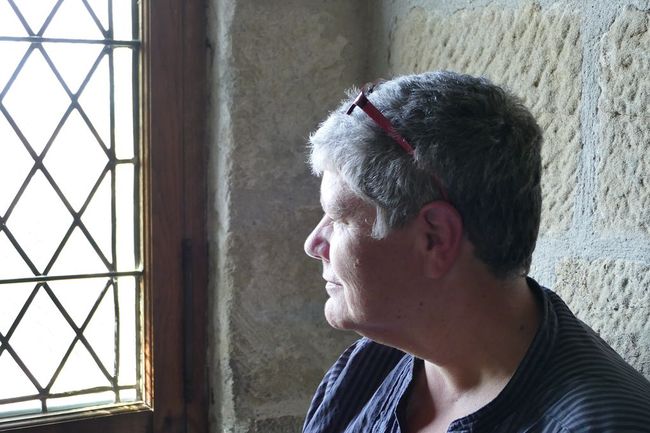
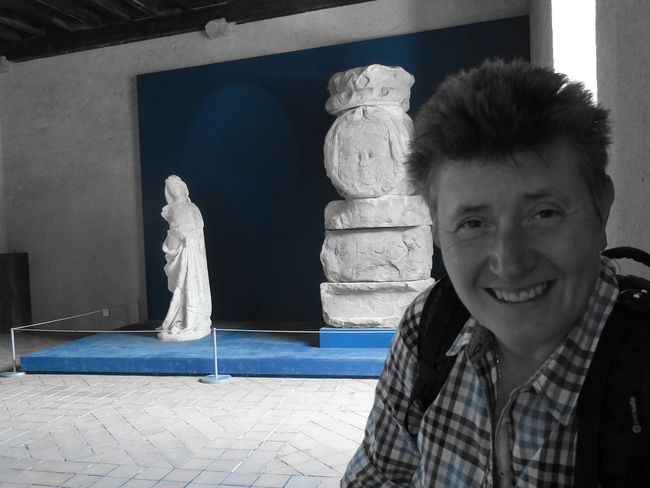
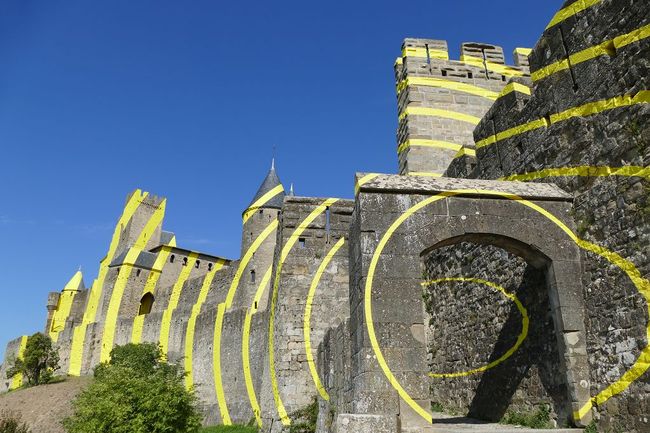
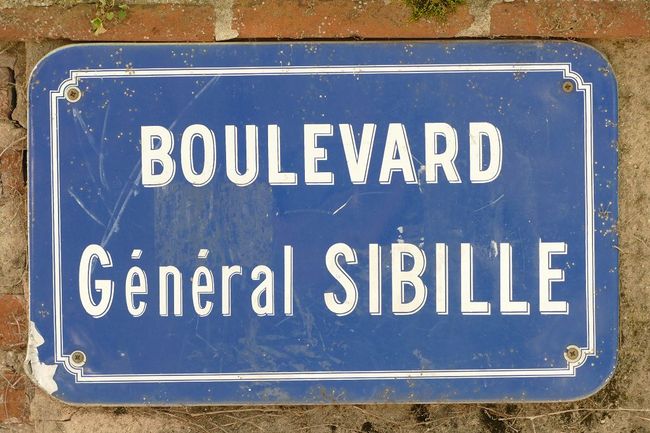
వార్తాలేఖకు సభ్యత్వాన్ని పొందండి
We're taking a completely new route southward. Our path doesn't go through the expensive highway, the Rhone Valley, or the Maritime Alps. Instead, we're slowly crossing the beautiful Burgundy region on country roads. Gentle hills, vineyards as far as the eye can see, and cozy villages pass us by. It's a shame we don't have bicycles with us, as it would be nice to have a biking vacation here. We continue through the Auvernge region. The volcanic landscape reminds us of the Eifel region, and we find it rather boring. However, the villages here are picturesque and cozy as well. On our way lies the charming town of Figeac in the Lot department, the birthplace of Egyptologist Jean-François Champollion, who deciphered the first hieroglyphs through the discovery and translation of the Rosetta Stone. Here, on a small square, there is an oversized copy of this stone that we want to see. After patiently and amusedly waiting for a group of young girls to finally film their 'Walk like an Egyptian' dance performance on the stone to their satisfaction (someone can't say that today's youth doesn't have endurance), we can finally visit the stone and get an idea of the incredible achievement of Mr. Champollion.
Our next destination is Albi, the capital of the Tarn department. The city itself is not that beautiful, but it has two outstanding sights - and a free parking space right in the city center. Already on our approach to the city via one of the many bridges, we have a breathtaking view of the city and the Church of Saints-Cécile, one of the largest brick churches in the world, which sits on the highest point. From our parking space, we can reach the cathedral directly via a few stairs and stand in awe in front of this monumental, single-nave brick church, which looks forbidding and fortress-like with its walls up to 6 meters thick. Not very inviting, but we still go through the richly decorated entrance gate and cannot stop marveling. As simple, plain, and fortress-like as the church is from the outside, it is artistically richly painted and furnished on the inside. A wall painting by unknown Flemish artists is considered one of the most important works of the late Middle Ages and depicts the Last Judgement, including the expected cruel punishments for each of the seven deadly sins - there is something for everyone, from hellfire to quartering and the water torture. And the believers can get an idea during their lifetime of the punishments they can expect for gluttony, lust, or greed, which certainly had a positive impact on their willingness to donate. The church's vault is intricately painted with frescoes by Italian artists, and a huge rood screen in the flamboyant style separates the choir from the nave. We could boast a lot more with our well-founded half-knowledge because we actually treated ourselves to a guided tour. But we recommend that you take a look for yourself if you're in the area, it's definitely worth it.
After so much sublime beauty, we feel like something profane, cheerful, light, and maybe even a bit frivolous, and the second sight of the city is perfect for that - the museum in honor of the 'greatest' son of the city - Henri de Toulouse-Lautrec. We are surprised at how diverse the works of the artist, who was only 1.50 meters tall, are. We only knew his advertising posters and pictures from the Paris milieu. But we also like his other works, and the museum brings us closer to the man and the painter. And we also like that his many pictures from the pleasure districts in Paris have found a home in the former bishop's palace.
Since we're already so culturally on the road, Carcassonne must not be missing. So far, we only knew it as a board game and now we want to see the historical prototype for the classic game. After three nights in parking lots, it's time for a proper campsite with showers and a motorhome supply station. So we book a spot from which we can reach the fort of La Cité on foot. We waste the hot afternoon at the campsite and only set off for the fortress the next morning, which perches on a rocky hill above the city and the wide plain. The fortress has its origins in Gallo-Roman times, and thanks to the persistence of architect and conservationist E.E. Viollet-le-Duc, it was extensively restored in the 19th century and became a well-preserved historic monument that is now one of the top attractions in France. For its 20th anniversary as a World Heritage Site, the Cité was adorned with concentric yellow circles by Swiss artist Felice Varini, which leave plenty of room for interpretation.
Yes, of course, we took a guided tour again, otherwise we couldn't write so smartly now. We circle almost the entire more than three-kilometer-long fortress ring, walk through the overcrowded fortress city with its restaurants and souvenir shops, visit the castle, ignore the church (after Sainte-Cécile, what else could there be). We roam through the New Town, the Ville Basse from the 13th century, which is not quite as fresh anymore but much more lively than the Cité, which only lives for tourists. Then we walk back to our campsite along the Aude, where at the end of the day our feet really hurt, and we barely make it for a dinner at the campsite bistro.
వార్తాలేఖకు సభ్యత్వాన్ని పొందండి
సమాధానం (2)
Barbara
Ilse: ich bin total überrascht, dass schon der erste Bericht zu lesen ist.
Alles klingt gut und ist ein tolles Kontrastprogramm.Kerstin
Sehr schöne Bilder, sieht entspannt aus!